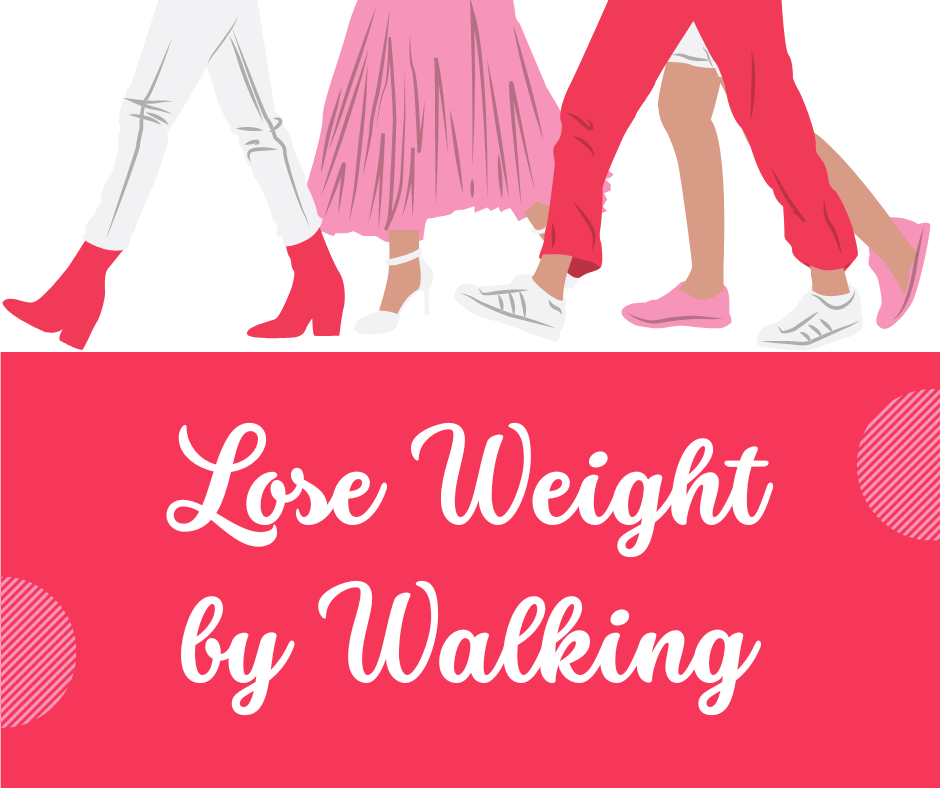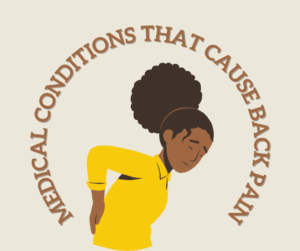If you currently want to lose weight, walking instead of driving or taking the bus to as many places as possible is a good idea. Taking walks is an easy and even fun way to shed some pounds. Depending on your individual weight loss needs, you may ask yourself many questions. How many steps should I be taking a day? Do I need to take these ritual walks or hikes every single day? While the specifics will depend on your situation, we can help give you a general idea of where and how to start.
Does Walking Help You Lose Weight?
The Centers for Disease Control and Prevention has confirmed that walking increases calorie expenditure in the body, helping you to lose weight. 280 calories are burned per hour by a 154-pound person walking at a mild pace (3 and a half miles per hour), and 460 calories are burned per hour at a robust rate (4.5 miles per hour). You must walk for at least 30 minutes, five days a week, at a moderate speed to lose weight. But for better outcomes, walking for longer periods at a higher intensity is recommended. Walking for weight loss is more beneficial than brisk strolling when you walk at a pace that elevates your breathing and heart rate.
How Can I Start Walking to Lose Weight?
Just be sure to set achievable walking goals. While brisk walking yields the best results, beginning at a pace appropriate to your fitness level is perfectly acceptable. As your fitness level increases, you can gradually amplify the length or intensity of your walk. Setting impossible goals can make you fail, particularly while trying to lose weight. A lifetime commitment is required to reach and maintain a healthy weight, which must involve permanent changes to your way of life. This entails maintaining a wholesome, well-balanced diet and engaging in frequent physical activity. Your calorie equation, which is the number of calories you need to maintain weight, is influenced by your dietary choices and the amount of exercise you get. It would help if you reduce your calorie intake, increase your calorie expenditure, or lose weight.
Another thing you can try is walking on the treadmill if you don’t live in the most walkable area. You never have to be concerned about the weather ruining your exercise program while using a treadmill for walking. Make a 30-minute workout a priority. Start by performing a moderately intense, 5-minute warm-up at 3.5 MPH with no incline. After walking briskly for 5 minutes at a pace of 4.0 MPH, increase the inclination to 3%, reduce the tempo to zero, and resume walking for 2 minutes.
Increase your walking speed to 4.2 MPH, then set your treadmill’s slope back to 3%. For the final two minutes, slow down to a moderate pace and zero inclines after sustaining this speed and incline for five minutes. For 5 minutes, slow down to a brisk walk at 4.0 MPH while raising the gradient to 3%.
Conclusion
It’s important to remember that even after losing weight, you will need to keep exercising and eating right every day. They say that old habits die hard, but it’s certainly not impossible!








